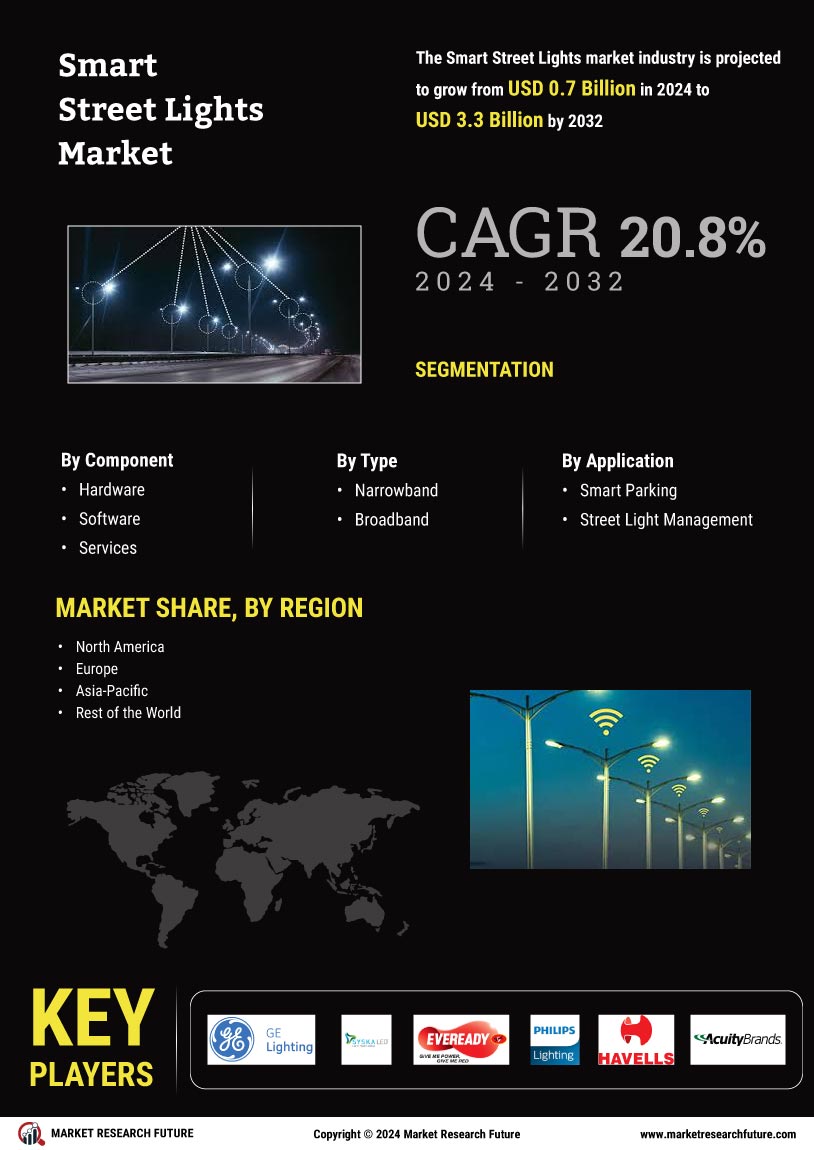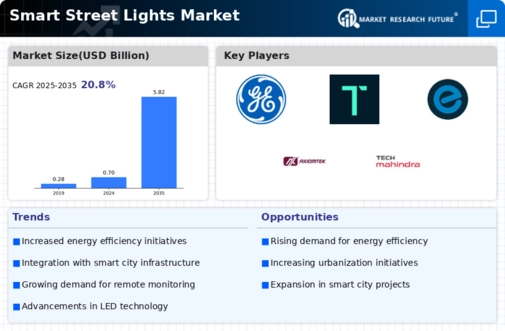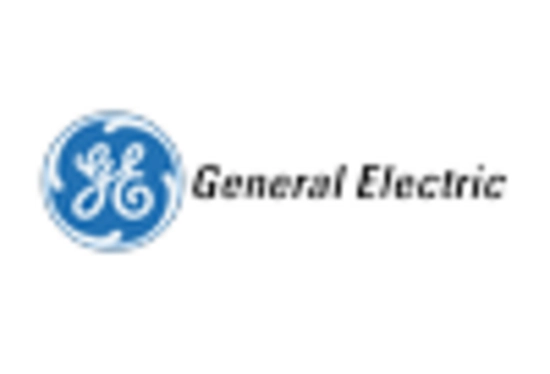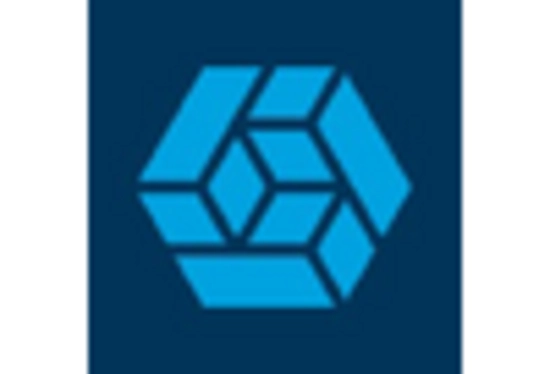Government Initiatives and Funding
Government initiatives and funding play a crucial role in the Smart Street Lights Market. Various governments are recognizing the benefits of smart street lighting as part of their urban development strategies. Financial incentives, grants, and public-private partnerships are being established to support the deployment of smart lighting systems. For instance, several countries have allocated substantial budgets to enhance urban infrastructure, which includes smart street lighting projects. This financial backing not only accelerates the adoption of smart technologies but also encourages innovation within the industry. As a result, the market is expected to expand as more cities leverage government support to implement smart street lighting solutions.
Integration with Smart City Initiatives
The Smart Street Lights Market is increasingly influenced by the integration of smart street lighting systems into broader smart city initiatives. Cities are adopting these technologies to enhance urban infrastructure, improve public safety, and optimize energy consumption. As municipalities invest in smart city frameworks, the demand for smart street lights is projected to grow. According to recent estimates, the smart street lighting segment is expected to witness a compound annual growth rate of approximately 20% over the next five years. This growth is driven by the need for interconnected systems that facilitate real-time data sharing and management, ultimately leading to more efficient urban environments.
Adoption of Advanced Sensor Technologies
The Smart Street Lights Market is witnessing a surge in the adoption of advanced sensor technologies. These sensors enable smart street lights to gather data on traffic patterns, pedestrian movement, and environmental conditions. By utilizing this data, cities can optimize lighting based on real-time needs, enhancing safety and reducing energy waste. The integration of Internet of Things (IoT) capabilities further amplifies this trend, allowing for remote monitoring and control of lighting systems. Market analysis suggests that the incorporation of such technologies could lead to a 30% reduction in operational costs for municipalities, thereby driving the growth of smart street lighting solutions.
Growing Urbanization and Population Density
The Smart Street Lights Market is significantly impacted by the trends of growing urbanization and increasing population density. As more individuals migrate to urban areas, the demand for efficient public services, including street lighting, intensifies. Smart street lights offer a solution to manage the challenges posed by urban growth, providing enhanced safety and energy efficiency. Projections indicate that by 2030, nearly 60% of the world's population will reside in urban areas, further driving the need for innovative lighting solutions. This demographic shift suggests a robust market potential for smart street lighting systems, as cities seek to modernize their infrastructure to accommodate larger populations.
Focus on Sustainability and Energy Efficiency
Sustainability and energy efficiency are pivotal drivers in the Smart Street Lights Market. As cities strive to reduce their carbon footprints, the transition to energy-efficient lighting solutions becomes essential. Smart street lights, equipped with LED technology and adaptive lighting capabilities, can significantly lower energy consumption. Reports indicate that municipalities can achieve energy savings of up to 50% by implementing smart lighting systems. This focus on sustainability not only aligns with global environmental goals but also appeals to citizens who prioritize eco-friendly initiatives. Consequently, the demand for smart street lights is likely to rise as cities seek to balance urban development with environmental responsibility.

















Leave a Comment